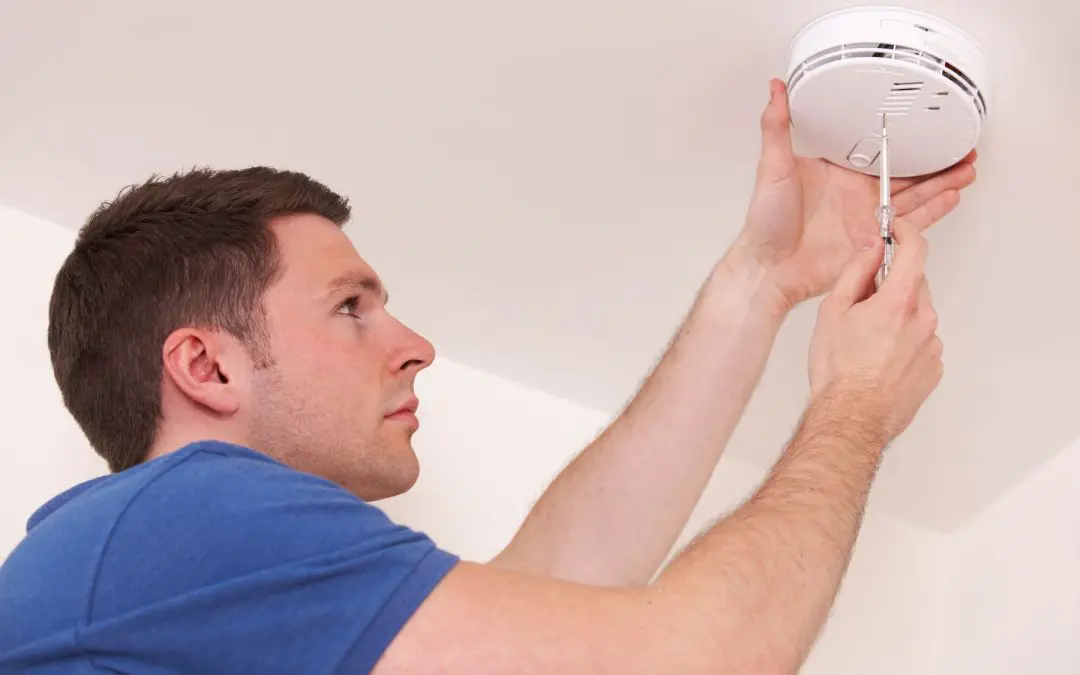Carbon monoxide (CO) is often referred to as the “silent killer,” and for a very good reason. It’s an odorless, colorless, and tasteless gas that can be deadly, and it’s a threat that every homeowner should be aware of. While the thought of a gas you can’t detect is unsettling, the good news is that avoiding carbon monoxide exposure is straightforward and achievable. You can ensure your home and family are safe by taking a few simple, proactive steps.
Understanding Carbon Monoxide
Common Sources in the Home
Carbon monoxide is a byproduct of incomplete combustion. This means it’s produced whenever fuels like wood, coal, natural gas, propane, or gasoline are burned without enough oxygen. In a home, the most common sources are appliances and heating systems that rely on these fuels. Potential sources include furnaces, water heaters, fireplaces, stoves, and clothes dryers. Even a gas-powered generator or a car running in an attached garage can produce dangerous levels of CO.
The key to understanding the risk is remembering that these appliances are designed to vent their exhaust gases safely outside. When there’s a problem with this venting—a blocked flue, a cracked heat exchanger, or a lack of proper ventilation—the CO can build up inside your home to dangerous levels. That’s why proper maintenance is so critical.
The Importance of Regular Maintenance
Think of your heating system and appliances as the heart of your home’s safety against CO. They need regular check-ups to function correctly. A certified technician can inspect your furnace, fireplace, and water heater annually. This service is invaluable. During the inspection, they’ll check for cracks, leaks, and blockages in flues and chimneys, ensuring exhaust gases are properly vented. They can also test for CO leaks directly. This simple yearly appointment can be the difference between a safe home and a dangerous one.
While a professional handles the major appliances, there are things you can do yourself. If you have a fireplace, have the chimney professionally cleaned and inspected at least once a year. A dirty chimney can lead to blockages, causing smoke and CO to back up into your home. Similarly, ensure that the vents for your gas clothes dryer and stove are clear of lint and debris.
Avoiding Carbon Monoxide Exposure: Carbon Monoxide Detectors
While maintenance is a preventive measure, a carbon monoxide detector is your active line of defense. These devices are to CO what smoke detectors are to fire—they’ll alert you to a problem before it becomes a tragedy. You should have a CO detector on every level of your home, including the basement. Place them near sleeping areas and on walls, as CO is slightly lighter than air and will rise with warm air.
Just like smoke detectors, CO detectors have a limited lifespan. Check the manufacturer’s date and replace your detectors every five to seven years, or as the manufacturer recommends. Test them monthly by pushing the test button to ensure they work correctly. And if your detector ever goes off, don’t ignore it. Evacuate everyone from the home and call the fire department immediately. Even if you think it’s a false alarm, it’s always better to be safe than sorry.
Additional Safety Precautions
Beyond maintenance and detectors, several other habits contribute to a CO-safe home. Never use a gas stove or oven to heat your home; they are not designed for this purpose and can produce lethal levels of CO. Never run a generator or use a charcoal grill inside your house or in an attached garage, even with the garage door open. The CO can still build up and seep into your home. Even using a hibachi grill or a portable stove indoors can be dangerous.
The most important rule is this: If you suspect a CO problem, leave the house immediately and call for help. Do not go back inside to get pets or belongings. Carbon monoxide poisoning can cause dizziness and confusion, impairing your ability to think clearly and make safe decisions. Your safety and the safety of your family are paramount.
Avoiding Carbon Monoxide Exposure: FAQs
What are the symptoms of carbon monoxide poisoning?
Carbon monoxide poisoning’s symptoms often mimic the flu, which is part of what makes it so dangerous. They include headache, dizziness, nausea, fatigue, and shortness of breath. In severe cases, it can lead to confusion, unconsciousness, and death. If you or someone in your home experiences these symptoms, especially if others in the house also feel sick, it’s crucial to seek fresh air immediately and get medical help.
How often should I check my carbon monoxide detector?
Using the test button, you should test your carbon monoxide detector at least once a month. It’s also a good practice to check the batteries twice a year, such as when changing the clocks for daylight saving time.
Can I get a combination smoke and carbon monoxide detector?
Yes, combination smoke and CO detectors are available. They offer the convenience of a single unit and can be a good option for protecting your home. Just be sure to check the expiration date and test both functions regularly.
Home Inspectors of Columbus provides inspections to homebuyers and sellers in the Chattahoochee Valley of Georgia. Contact us to request an appointment for our services.

